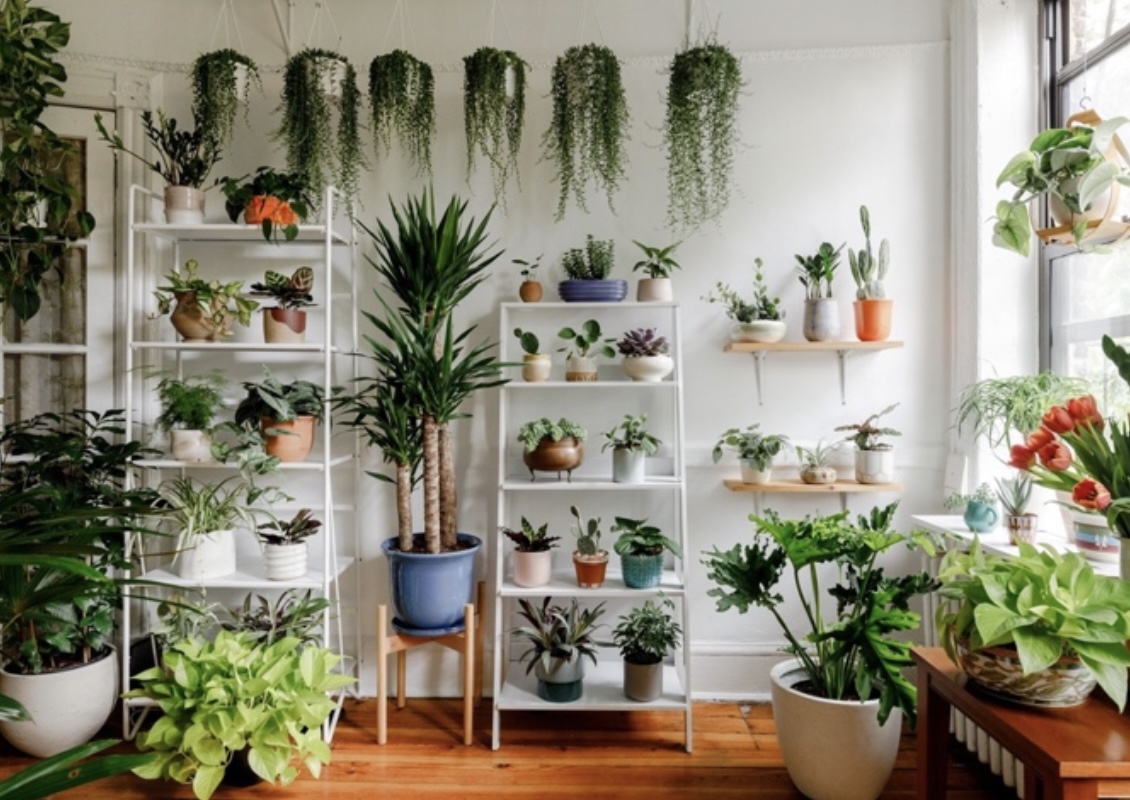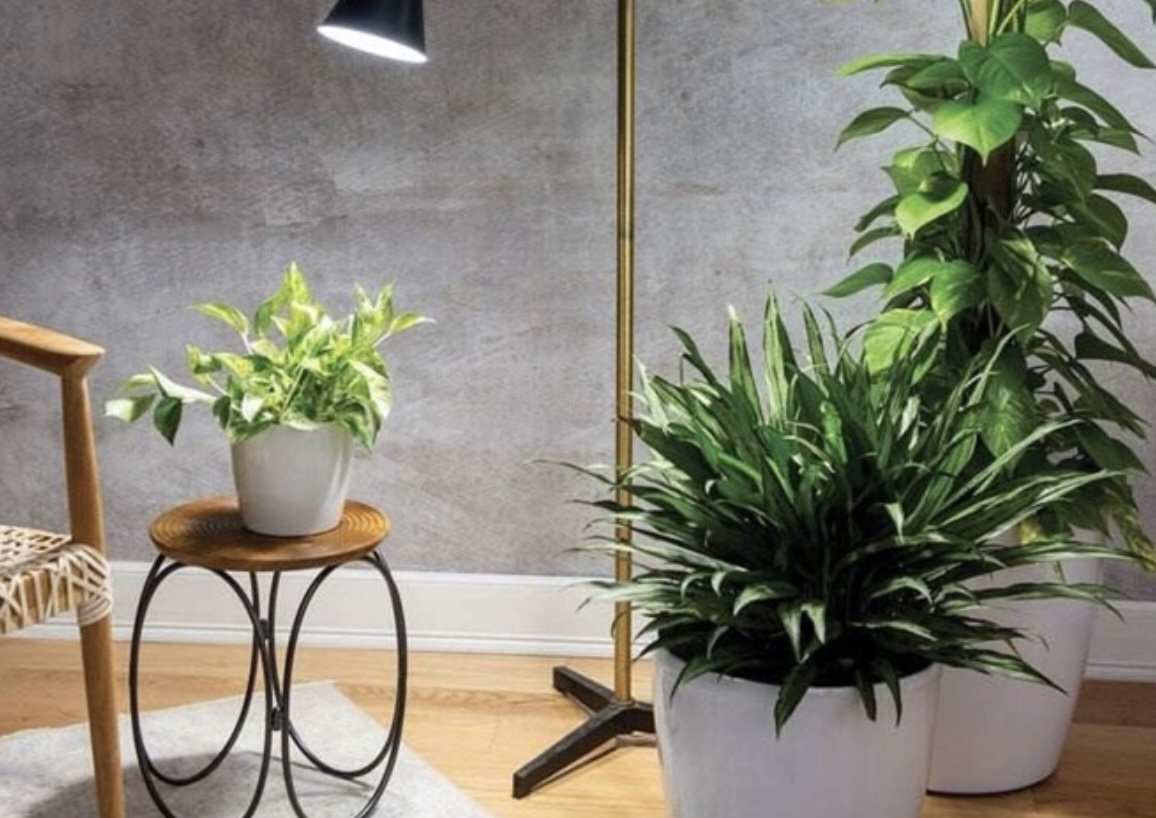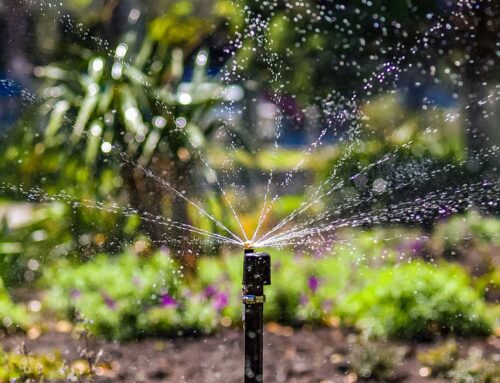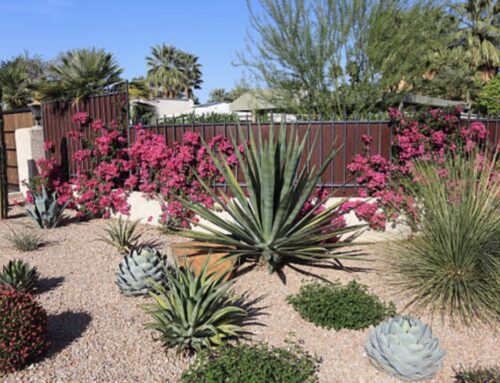Indoor plants are an excellent way to bring new life into the home or workplace. Not only do they brighten up a room, but houseplants also provide various health benefits from reducing stress to improving indoor air quality. Take a moment this week to appreciate your plants or add a few more to your collection!
Benefits of Indoor Plants
While animals breathe oxygen in and carbon dioxide out, plants do the exact opposite. But in addition to releasing oxygen, did you know houseplants can actually clean the air? A NASA Clean Air Study in 1989 proved this to be true! The study showed indoor plants effectively removed formaldehyde, benzene, and trichloroethylene from the air through their leaves and roots. The bigger and leafier the plant, the more toxins it will purify from the air.
Have you ever removed all the towels from your bathroom and noticed your footsteps echo when you walk in? Much like towels and furniture, indoor plants do a great job of reducing noise. Place a few plants against a wall that faces the street, for example, and you may notice a reduction in road noise.
Growing Plants Indoors
Although many plants grown indoors will never reach their full potential size, indoor growing has some benefits compared to outdoor growing.
First of all, you don’t have to worry about winter chill, summer heat, or spring winds, so go ahead and get the most tropical and delicate plant you can find. If an indoor plant needs more sunlight than your windows can give it, shine a full spectrum LED grow light on the plant a few hours a day. Using a grow light can help flowers bloom indoors; plus, the accent light makes your plant look like a display in an art gallery!
Indoor plants will typically require much less water than outdoor plants, particularly in the Coachella Valley. Most houseplants only need water every 1-3 weeks (much less frequently than thirsty plants outside in the sun). Not sure if your plant needs water? Simply stick your finger in the soil a couple inches. If it’s dry, it may be time to water. Try recycling the water you use to boil pasta or potatoes and use it on your plants – just make sure to wait until it cools down! Avoid reusing water that contains harmful chemicals (soap, bleach), but recycled rinse water with natural debris (dirt, crumbs) is fine.
In nature, most plants absorb rainwater as it trickles down through the soil into a deep aquifer well below the plant’s roots. To emulate this, the best practice is to keep your plant in a pot that has holes at the bottom that allow excess water to drain out into a tray; this prevents the roots from rotting. Place some decorative rocks in the drainage tray below the pot for a more elegant look, or keep the plant in the original plastic nursery pot and place it on top of a two-inch layer of Styrofoam packing peanuts within a ceramic pot.
You may find discounts on indoor plants the third week in September. Check with your local nursery or hardware store to find out what deals are available!







